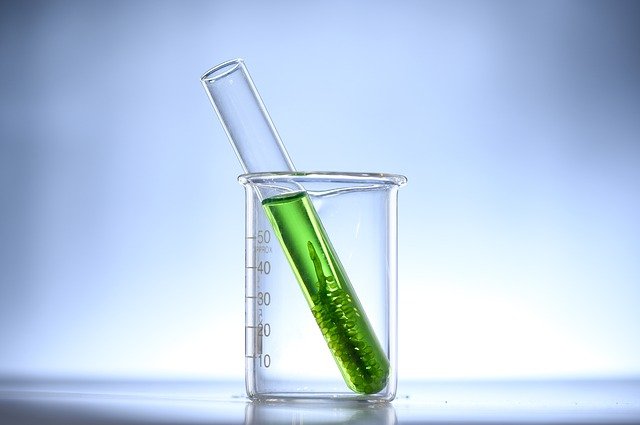
Researchers demonstrated how a particular type of bacteria breaks cellulose down which would help in reducing cost and impact on environment due to usage of biomass including biofuels production.
The cellulose degradation system of bacteria is different from fungus. It has long been a goal of industrial researchers to find ways to break down cellulose faster and in a more productive way. Cellulose is the tough stuff that helps in wall formation in plant cells. Cellulose needs to be degraded into sugar molecules when plants are processed into biomass applications such as biofuels. This step represents about a quarter of the capital and operating costs of biofuel production. If this process can be faster as well as productive, it will not only save money but will also be able to reduce the production impact on the environment.
Cellulose molecules are very hard to break down since they bind together very strongly. Apart from fungi, there is another type of degradation system for cellulose that some bacteria uses and is much similar to the ways used by fungus for degradation. In the study published in the Journal of Biological Chemistry, researchers from Japan have found and described this system.
Bacterium Cellulomonas fimi produces cellobiohydrolase which has a similar catalytic domain, which is the region that interacts with molecules and wants to break down or change, to T. reesei produced cellobiohydrolase. In a previous research, the team had already found that fungal cellobiohydrolase’s structure of the linker region played an important role in how quickly the enzyme binds with cellulose. They found that although the other parts of cellobiohydrolase of bacteria are different they have something similar and speed up the cellulose degradation. This study allowed the researchers to understand the different functions of different parts of degradation system.






